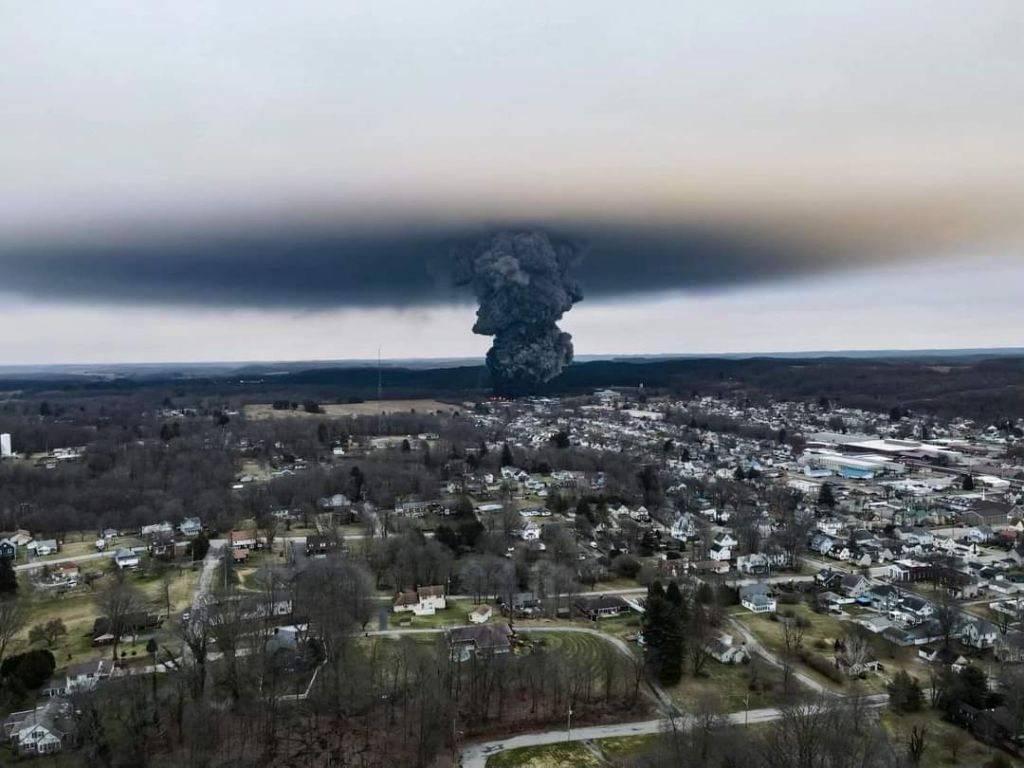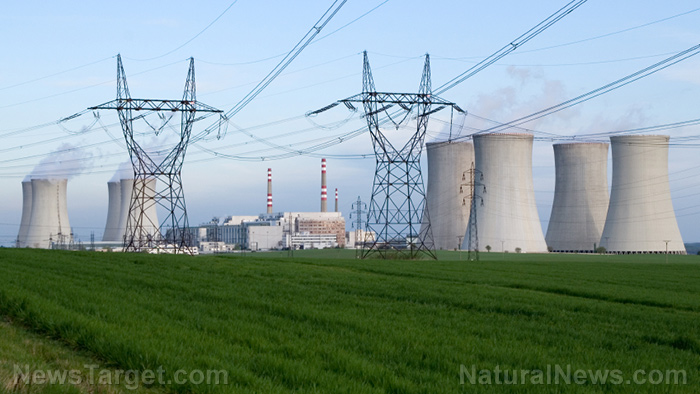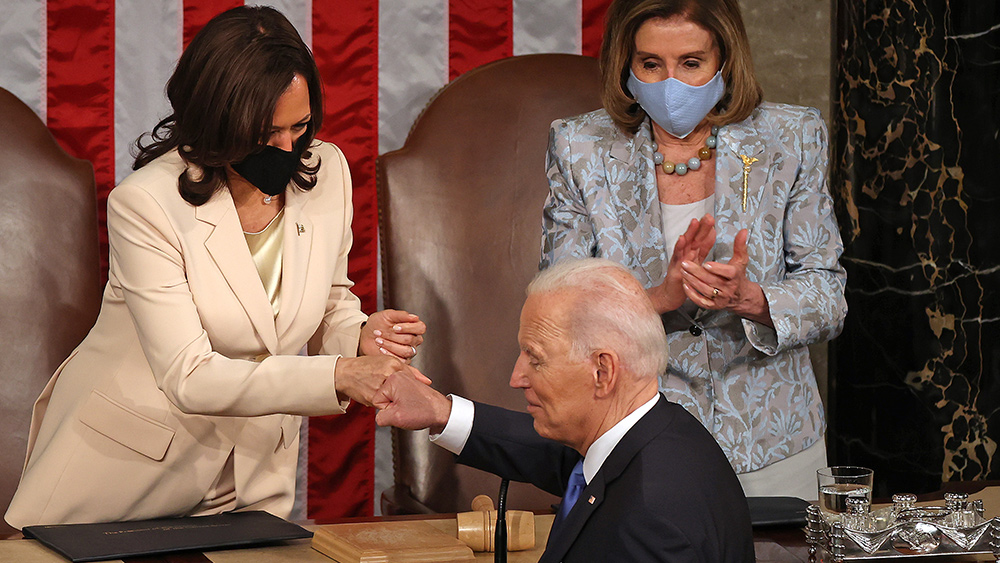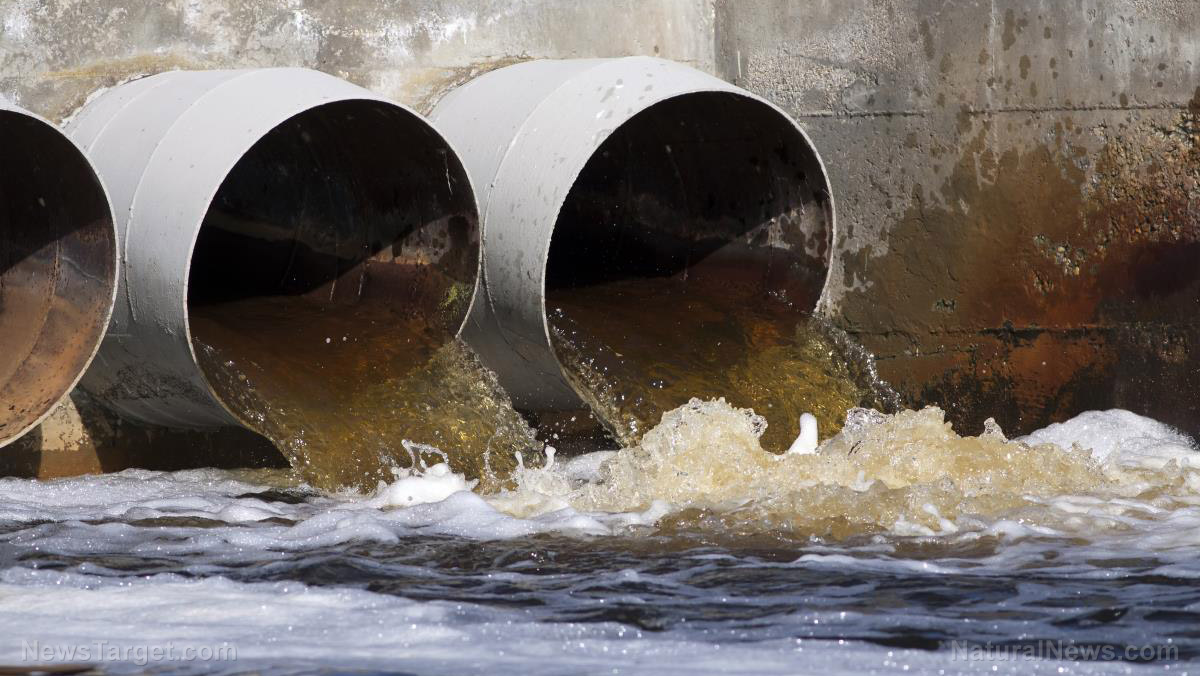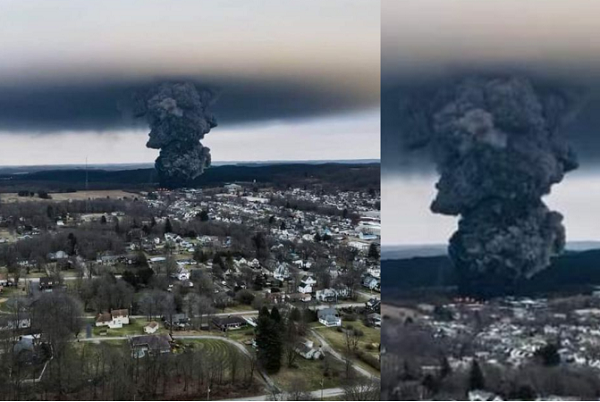Supreme Court unanimously scales back EPA’s power under Clean Water Act
06/07/2023 / By Laura Harris
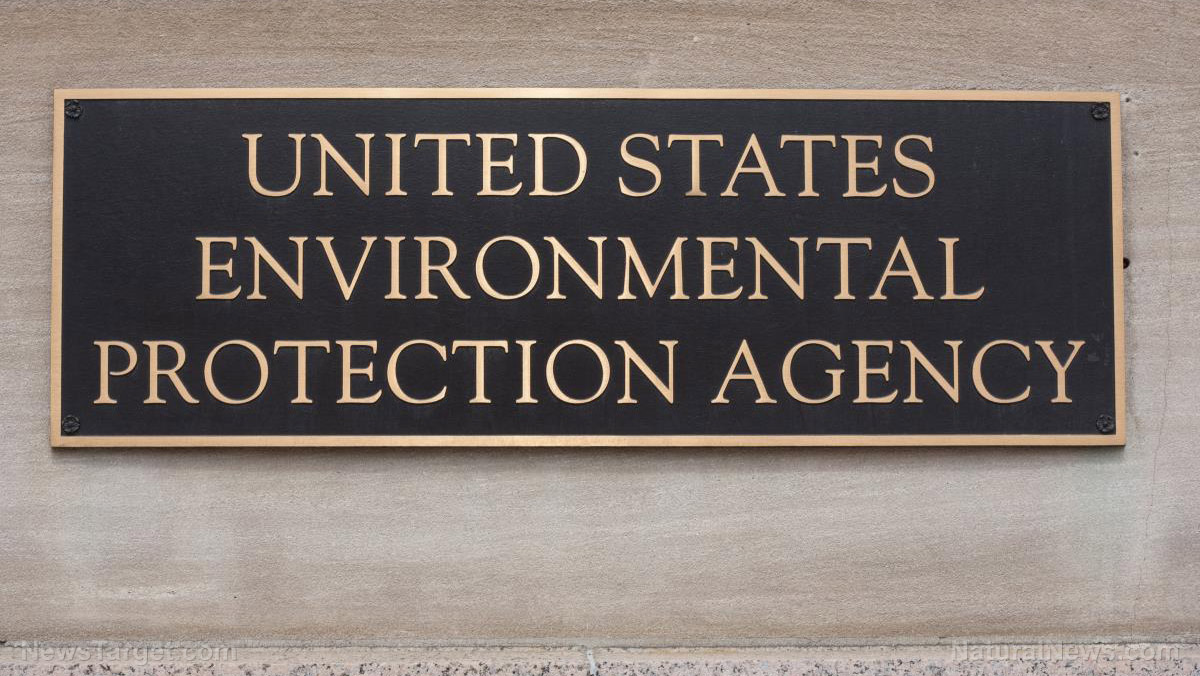
The Supreme Court has ruled in favor of a couple from Idaho and established a stricter standard for determining whether the Clean Water Act applies to a wetland, marking a major blow to the Environmental Protection Agency (EPA).
Couple Michael and Chantell Sackett of Idaho have been fighting the EPA for over 15 years in their attempt to construct a house on an empty lot near a large lake. The EPA in 2007 issued a notice instructing them to cease construction of the house, citing that their lot contained wetlands protected by the Clean Water Act (CWA), which prohibits the discharge of pollutants into “navigable waters,” defined as “waters of the United States.” The EPA argued that the wetlands on the Sacketts’ property were connected to a non-navigable creek, which ultimately flowed into Priest Lake.
The Sacketts were told that if they do not comply with the EPA’s order and return the property to its original state, they risk facing fines starting at $37,500 per day. They asked for a meeting with the EPA to discuss the matter, a request that was denied. And so, the Sacketts decided to file a lawsuit. (Related: EPA tramples personal property rights, orders couple to fork over $75,000 a day for phony ‘violations.’)
This began the over 15-year legal battle that has dominated the Sacketts’ life. The EPA first argued that the couple had no constitutional right to proceed with a compliance order directly into federal court. In 2012, the Supreme Court ruled that the couple did indeed have the right for a federal court to hear their case immediately.
Over time, the EPA and the Army Corps of Engineers expanded their jurisdiction to cover many wetlands and any land with channels or conduits that occasionally or intermittently carry rainwater or drainage. However, the EPA sought even greater power under the CWA by proposing rules that would subject most water features in the country to a case-by-case analysis.
The administration of former President Donald Trump repealed these rules, but they were later reintroduced by the current administration of President Joe Biden using a broad law that is seen as an attempt to expand federal control over the environment.
Ruling limits coverage of Clean Water Act
Justice Samuel Alito wrote the majority opinion in the case, which focused on interpreting the phrase “the waters of the United States” and whether it encompasses various types of bodies of water, including wetlands, mudflats, ditches and swimming pools.
Alito emphasized that the broad definition of “the waters of the United States” could lead to criminal prosecution or burdensome penalties for a wide range of landowners. The Supreme Court’s ruling scaled back the EPA’s authority, stating that “waters” should be interpreted as permanent, standing, or continuously flowing bodies of water like streams, rivers, lakes and oceans. This interpretation aligns with the term “navigable waters” and establishes a limit on federal environmental regulations.
The opinion clarified that wetlands separate from traditional navigable waters cannot be considered part of those waters, even if they are in close proximity. Wetlands should only be included if they are practically indistinguishable from the waters of the United States and have a continuous surface connection to bodies of water that qualify as “waters of the United States.”
Watch how EPA whistleblower Dr. David Lewis exposed EPA cover-ups of pollution in his interview with Mike Adams, the Health Ranger.
This video is from the Health Ranger Report channel on Brighteon.com.
More related stories:
EPA to crack down on FOREVER CHEMICALS in drinking water via proposed national standards.
Lawless, tyrannical EPA actively trying to circumvent Supreme Court ruling on emissions standards.
EPA drops jackboot on necks of couple for daring to build on their own land.
Sources include:
Submit a correction >>
Tagged Under:
big government, Clean Water Act, conspiracy, deception, environment, Environmental Protection Agency, EPA, freedom, Liberty, private property, progress, property rights, rational, Sackett, Sackett case, Sacketts, Supreme Court, Tyranny, Water Wars
This article may contain statements that reflect the opinion of the author
RECENT NEWS & ARTICLES
EPA.News is a fact-based public education website published by EPA News Features, LLC.
All content copyright © 2018 by EPA News Features, LLC.
Contact Us with Tips or Corrections
All trademarks, registered trademarks and servicemarks mentioned on this site are the property of their respective owners.






